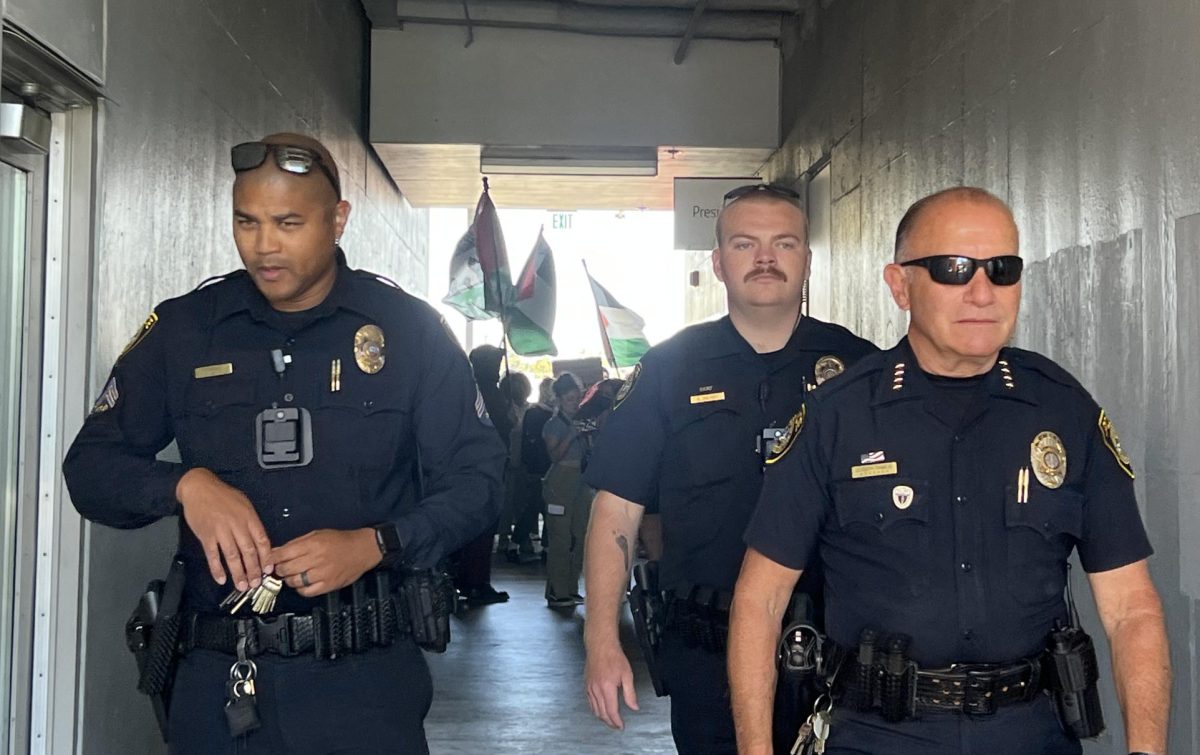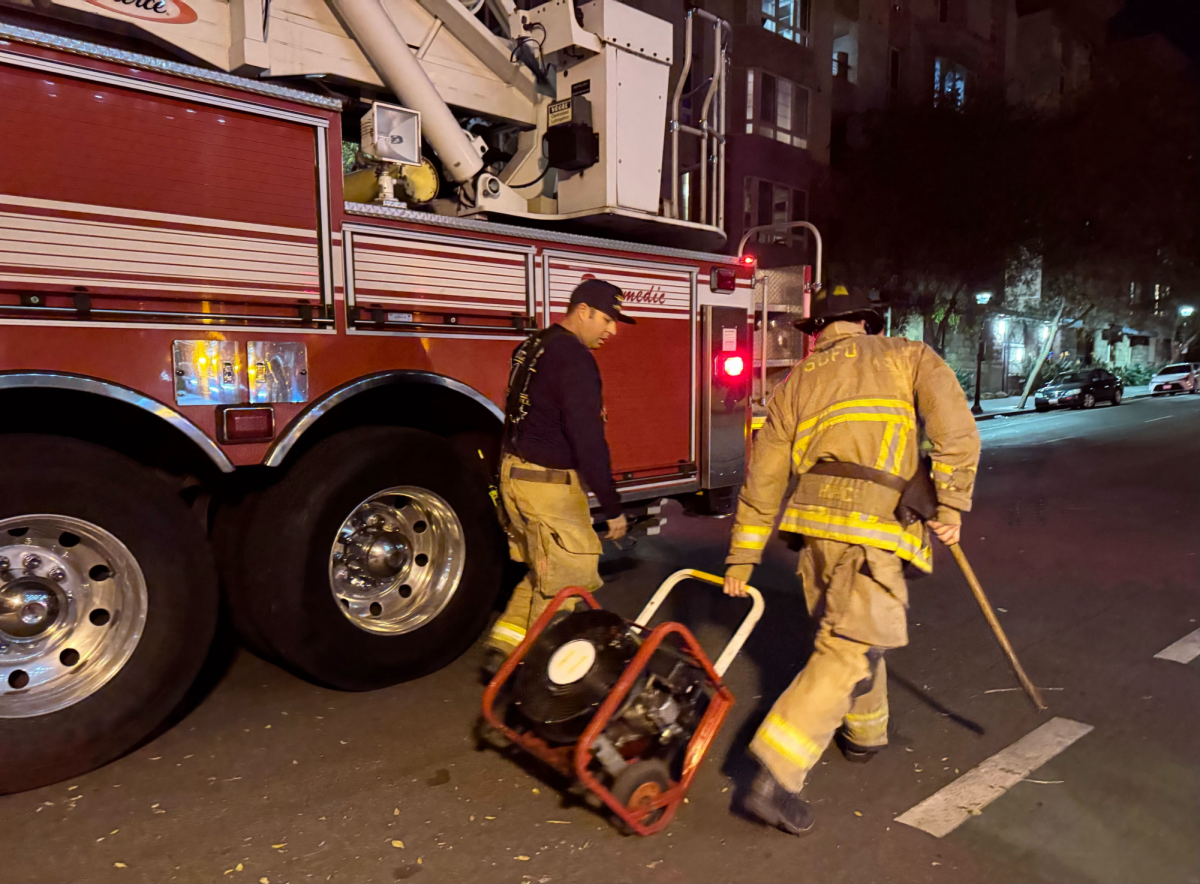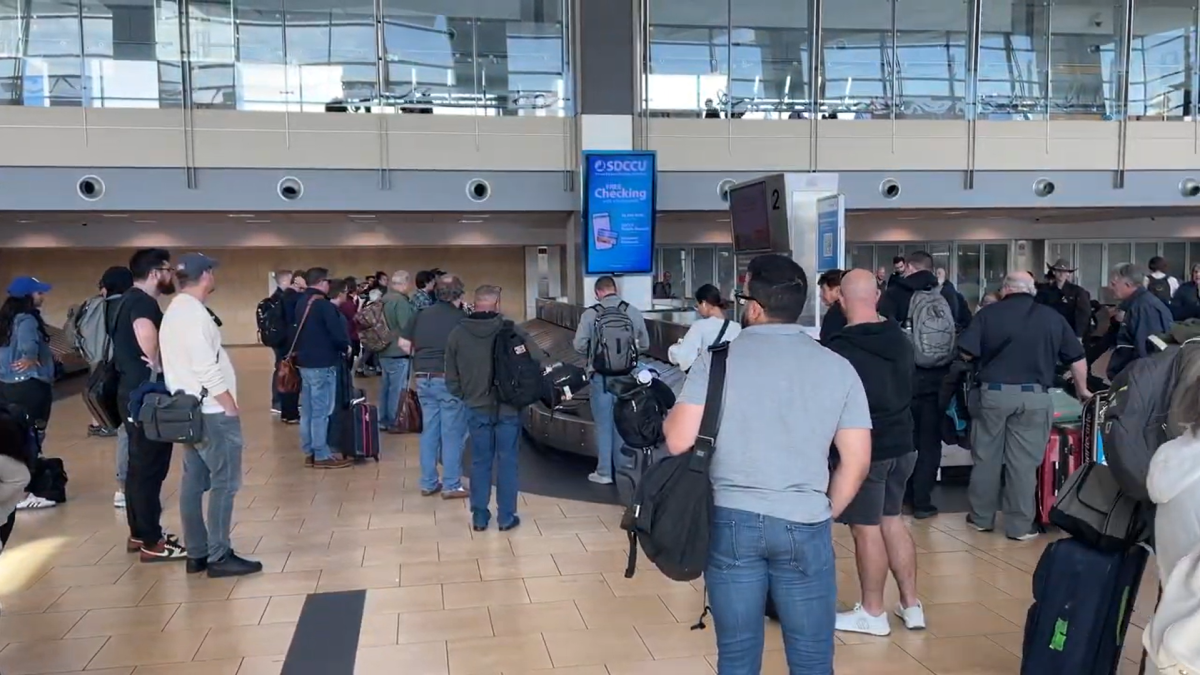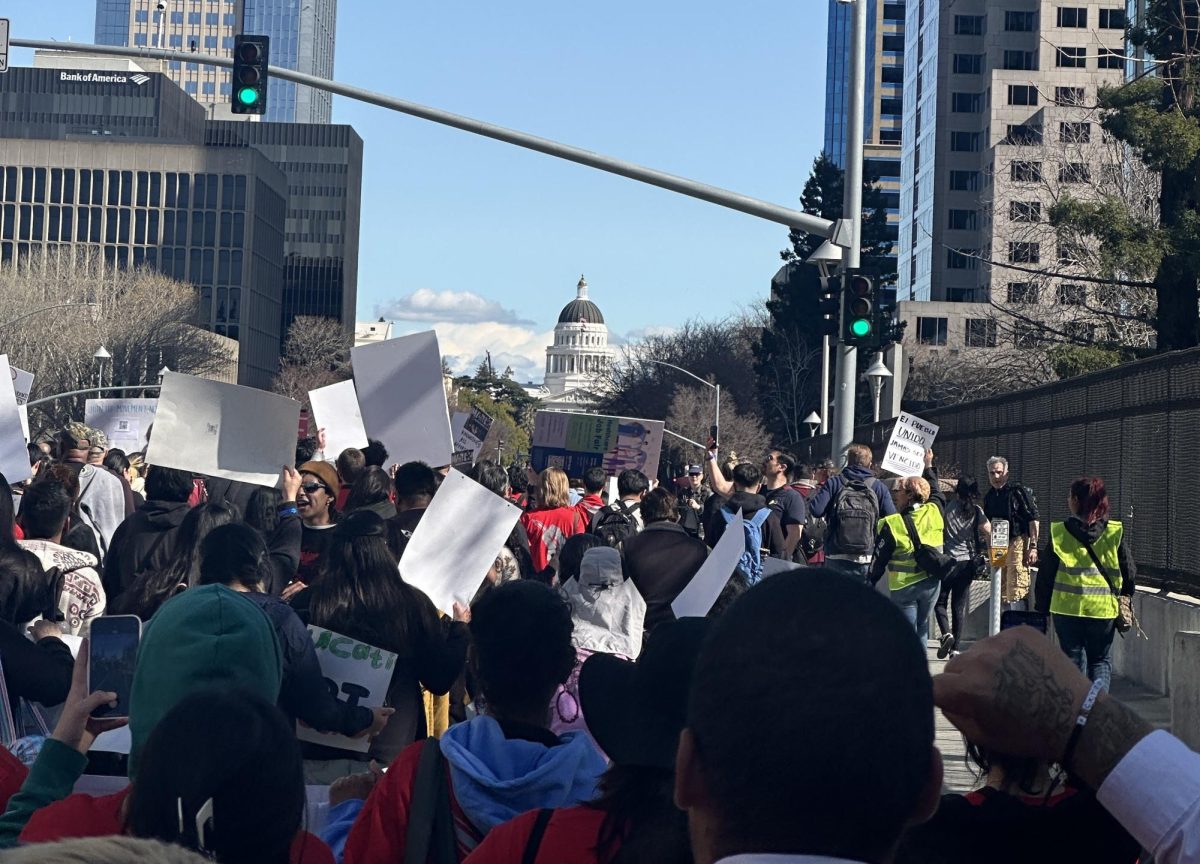By Emily Pfaff
City Times
On April 21, the Coffeehouse on Broadway played host to a Katrina Solidarity meeting, kicking off the People’s Hurricane Relief Fund West Coast tour.
Representatives Kojo Livingston and Darryl “Sess-45” Warren, both longtime New Orleans residents, came to brief San Diego locals on the current status of the Big Easy while locals and filmmakers shared the progress they were making 18 months after Hurricane Katrina.
When Hurricane Katrina made landfall on Aug. 29, 2005, Warren said, “It was only a category 1 . when the levee broke.”
Chaos and rioting ensued. The New Orleans water system was at a standstill due to flooding, and all businesses were closed. Those seeking relief were terrified when the Arkansas National Guard was given the order, “shoot to kill” by Louisiana Gov. Kathleen Blanco.
Over 400,000 victims were forced out of Louisiana onto buses and shipped to neighboring states. Among those on board were college students, some of whom made their way to San Diego City College and other schools throughout California.
“The evacuation plan was really based on people driving out,” said Craig Colten, geologist at Louisiana State University and expert on city’s topography, “They didn’t have busses. They didn’t have trains.”
According to Livingston, 35 percent of black families and 15 percent of whites did not have cars at the time of the hurricanes.
“The victims were forced onto busses, not told where they would be going and sent off to Texas, California, Alabama and Florida . FEMA dollars aren’t going back into the New Orleans economy,” said Warren, “and the Red Cross hasn’t sent money, either.”
In a world of broken levees, bureaucratic red tape and shattered dreams, Katrina refugees across the nation are still seeking benefits they have yet to receive, and remain longing for the homes they left behind.
Documents furnished by the Louisiana Recovery Authority’s Web site (www.lra.louisiana.gov) show a total of 204,500 homes were severely damaged by the disaster, and 169,000 suffered major or severe flooding. To date, only three out of the 10 hospitals within the parishes of New Orleans remain open.
In response to the damage, the federal government has given $7.9 billion to the Road Home Program in the hopes of repairing or replacing flooded homes. Of the 79,000 families that have applied for aid, only 22 have received money.
In California, Denise Hollis, a student adviser at City College, said that Gov. Arnold Schwarzenegger waived the first year’s out-of-state tuition for student victims of Katrina.
Unfortunately for the residents of New Orleans, the “buffer zone” protecting the city came in the form of public housing and numerous other coastal homes.
Scenes from the Arthur Saenz film “Down But Not Out,” shown at the meeting, depict a dreary and deserted New Orleans coastline. Abused by the hurricanes and raped by greed, the determination of the people of New Orleans continues to live on.
For over 20 years the state of Louisiana had known that the levees surrounding New Orleans would not hold against a category Hurricane 3 or above. In the five years prior to Hurricanes Katrina and Rita, $1.9 billion tax dollars had flooded in and out of Louisiana, tax dollars meant to fund programs that would have protected the residents of New Orleans against nature’s odds. The number one recipient of Army Corps dollars for decades, Louisiana’s congressional committee has been misspending on projects like the $194 million and counting for the Port of Iberia, a 2,000 acre real estate blunder.
Members of the People’s Hurricane Relief Fund hope to raise awareness of the many struggles faced by victims today and encourage the thousands of refugees remaining outside of Louisiana to return for the second International Tribunal on Katrina, this September in New Orleans.
For more information on the Peoples Hurricane Relief Fund and the upcoming second International Tribunal on Katrina, go to www.peopleshurricane.org.







